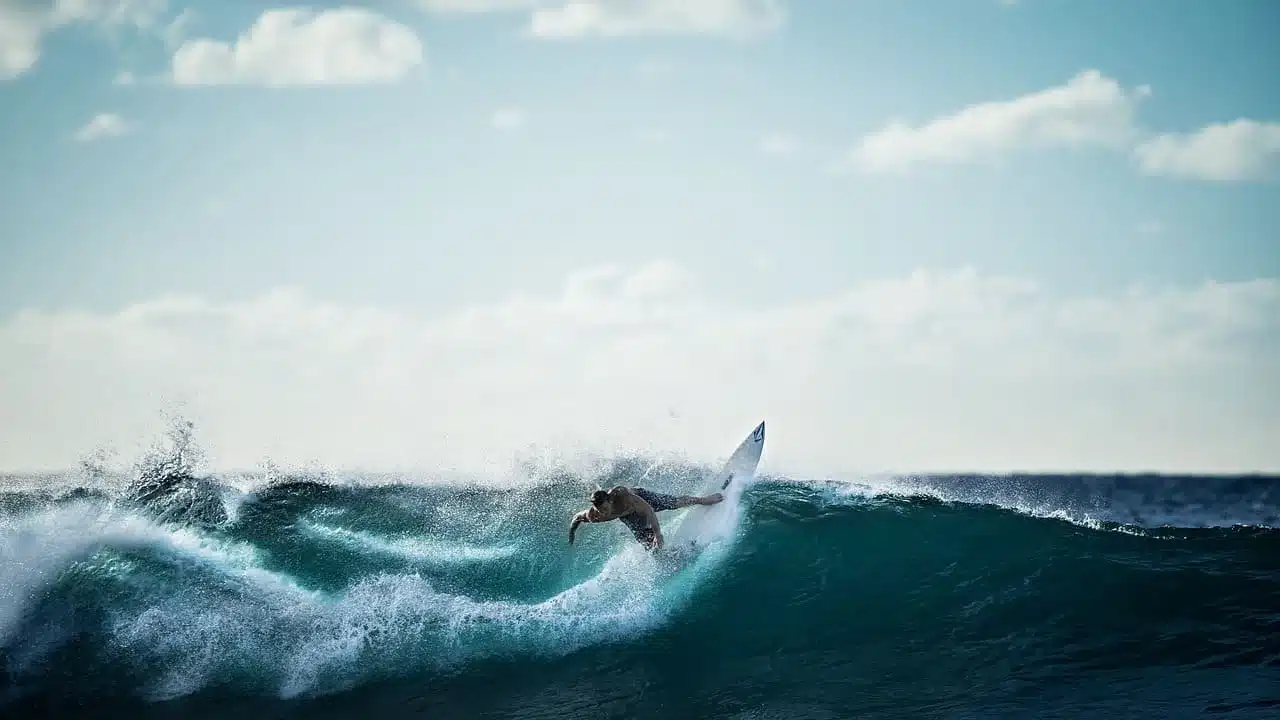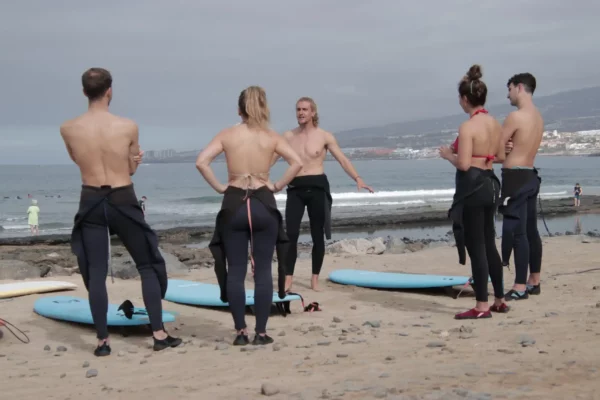When do you move from a softboard to a hard board?
Indice

When to Switch from a Softboard to a Hardboard?
The surf is a road without end. Each wave you ride leaves you wanting more, to improve and to push yourself further. At first, you settle for the foam, celebrate every time you manage to stand up, and enjoy those few seconds gliding on the water. But eventually, that first softboard, your faithful beginner’s companion, starts to feel limiting. That’s when the big question arises: is it time to move on to a hardboard?
There’s no exact date marked on the calendar for this step. There’s no magic number of sessions or months to determine it. What truly matters is how you develop in the water, how comfortable you feel on the waves, and what your goals are. Let’s dive into this topic so you can recognize the signs and understand how to choose the right board to keep progressing.
Why Start with a Softboard?

Every surfer, without exception, has had a phase on a softboard. And for good reason. These boards are designed to make learning safe and effective. The soft material reduces the risk of cuts and bruises, which are common in the beginning. Their buoyancy makes paddling and catching waves easier, giving beginners more chances to stand up. Extra stability also helps with balance, making the learning process smoother and faster.
In short, the softboard plays a vital role: it introduces you to surfing, builds your confidence, and helps you get comfortable with the ocean. But eventually, it becomes a limitation, preventing you from making precise turns or advanced maneuvers that a hardboard allows.
How Do You Know It’s Time to Switch?
The transition from a softboard to a hardboard isn’t about time spent surfing but about skills gained. For some, it might be six months; for others, a full year. It depends on practice, consistency, and confidence in the water.
You’ll know you’re ready when standing up on foam waves feels effortless, when you can make small turns while maintaining control, when you paddle confidently into green waves before they break, and when you can ride down the face and follow the wall of the wave. If these describe you, your softboard may already be holding you back.
Things to Consider Before Changing
Switching to a hardboard is exciting, but doing it too early can be frustrating. Avoid moving directly from a large, buoyant softboard to a very small or technical board, as that could make you lose confidence. Instead, look for a gradual progression with a board of similar size but more maneuverability.
Start using your new board in easy conditions with smaller, predictable waves. The ocean can be unpredictable, and taking on a demanding board in heavy surf can be dangerous. It’s also wise to ask advice from experienced surfers or, even better, from instructors who can objectively assess your level and recommend the right board.
Often, the best option is to go to a surf school, where local instructors know the beaches, currents, and breaks and can guide you toward the best choice.
Tips for Choosing Your First Hardboard

The Waves You Usually Surf
The environment you surf in greatly affects the type of board you need. If you surf on calm beaches with small, predictable waves, adapting will be easier. If you surf in powerful, shifting conditions, you’ll need more control and confidence because the waves will demand more from both you and your equipment.
Your Fitness and Technique
Surfing is demanding. It requires not only technique but also strength and endurance. The fitter you are and the stronger your paddle, the easier it will be to adapt to a board with less volume. It’s also crucial to know how to read waves, anticipate their direction, and maintain control along the face.
Which Hardboard to Choose?
The most common recommendation is to start with an evolutive board. These act as a bridge between softboards and more technical models. They maintain similar dimensions and volume to your softboard but are built with rigid materials, allowing for sharper maneuvers.
Typical sizes for a first hardboard are between 7 and 8 feet: 8’0”, 7’6”, 7’4”, 7’2”, or 7’0”. The right size depends on your weight and height, but the key is not to downsize too
Are you looking for surfing lessons in Tenerife for beginners? In Kaizen Surf, your surf school in Tenerife South, we’ll help you take your first steps
